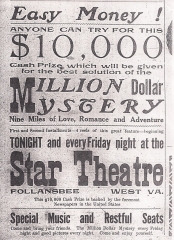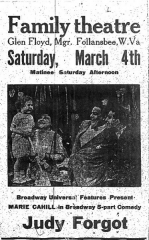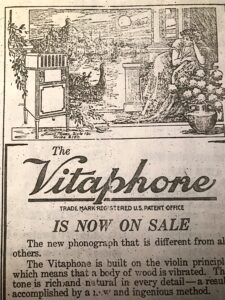Beginning with a bond issued for $7,500,000 in 1915, La Belle Iron Works of Wheeling started building a coke plant just north of Follansbee and a bridge connecting its Steubenville operations on the Ohio side of the river. (See Timeline Oct. 1915 La Belle Iron Works)
In May 1917, the steel single-track railroad bridge was erected. The Ohio-West Virginia Bridge Co., a subsidiary of the La Belle Iron Works, received the charter to oversee the bridge construction. The bridge connected the new coke plant north of Follansbee with La Belle blast furnaces and mills on the Ohio side. The bridge has a total length of 1120 ft. The bridge is interesting because the American Bridge Co., contractor for the superstructure used locomotive cranes exclusively. It is believed it was the first time a cantilever bridge was erected entirely with this kind of equipment.
Located just south of the Market Street Bridge, the coke plant provided fuel for the LaBelle Steel Mills and other mills in Follansbee and Weirton.
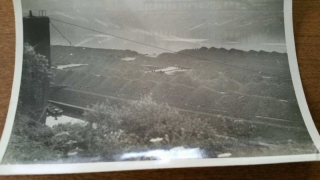
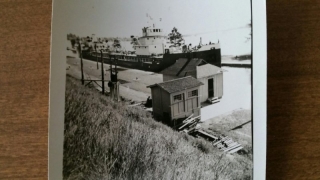
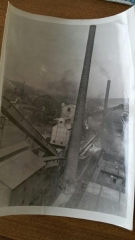
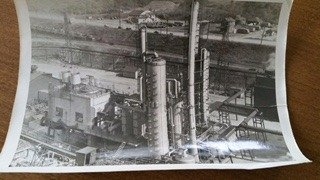
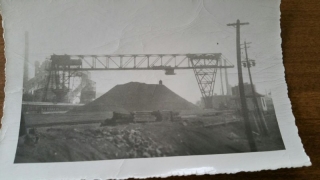
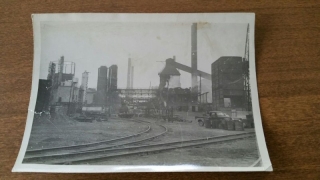
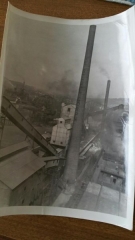
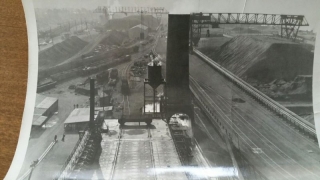
- Photos courtesy of Danna Taibi Sullivan
- Follansbee Review, “Bridge Company is Incorporated,” November 26, 1915, front page.
- Engineering News Record, “Locomotive Cranes Erect Cantilever Bridge…,” Vol. 79, No. 3, July 1917, p. 104. See website for photo of bridge being erected. http://www.historicbridges.org/ohio/steubenvillerr/articles.pdf
